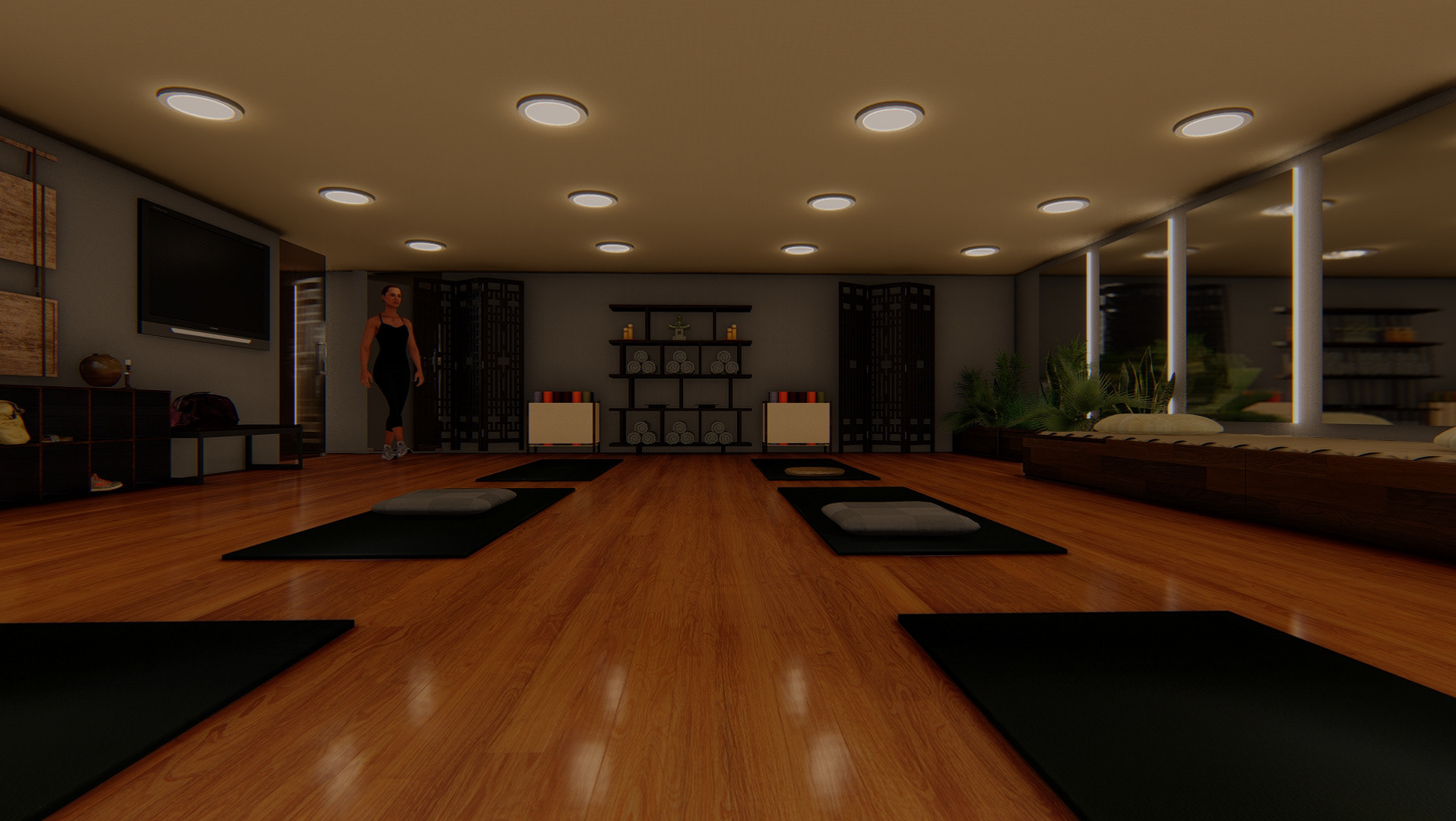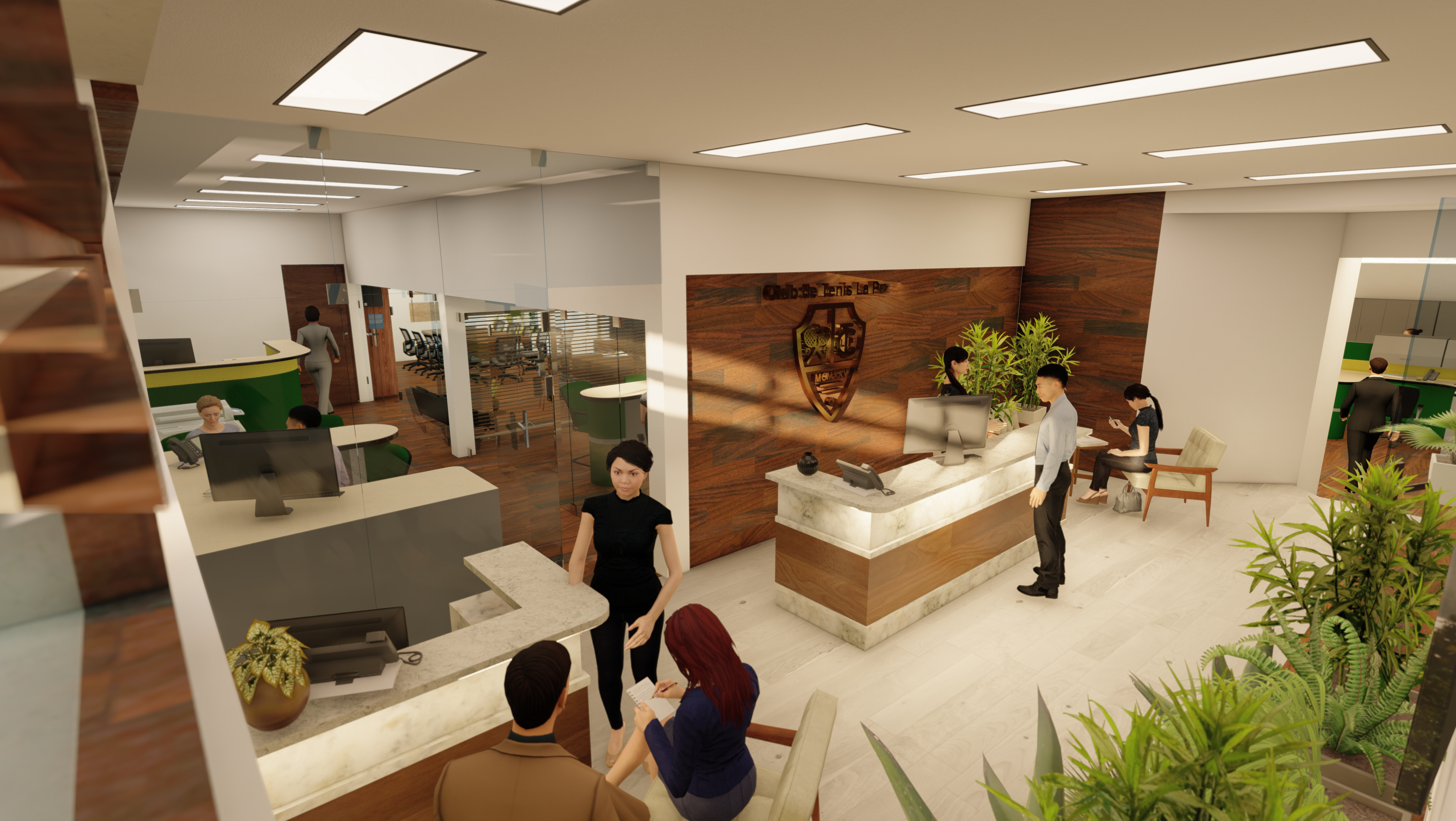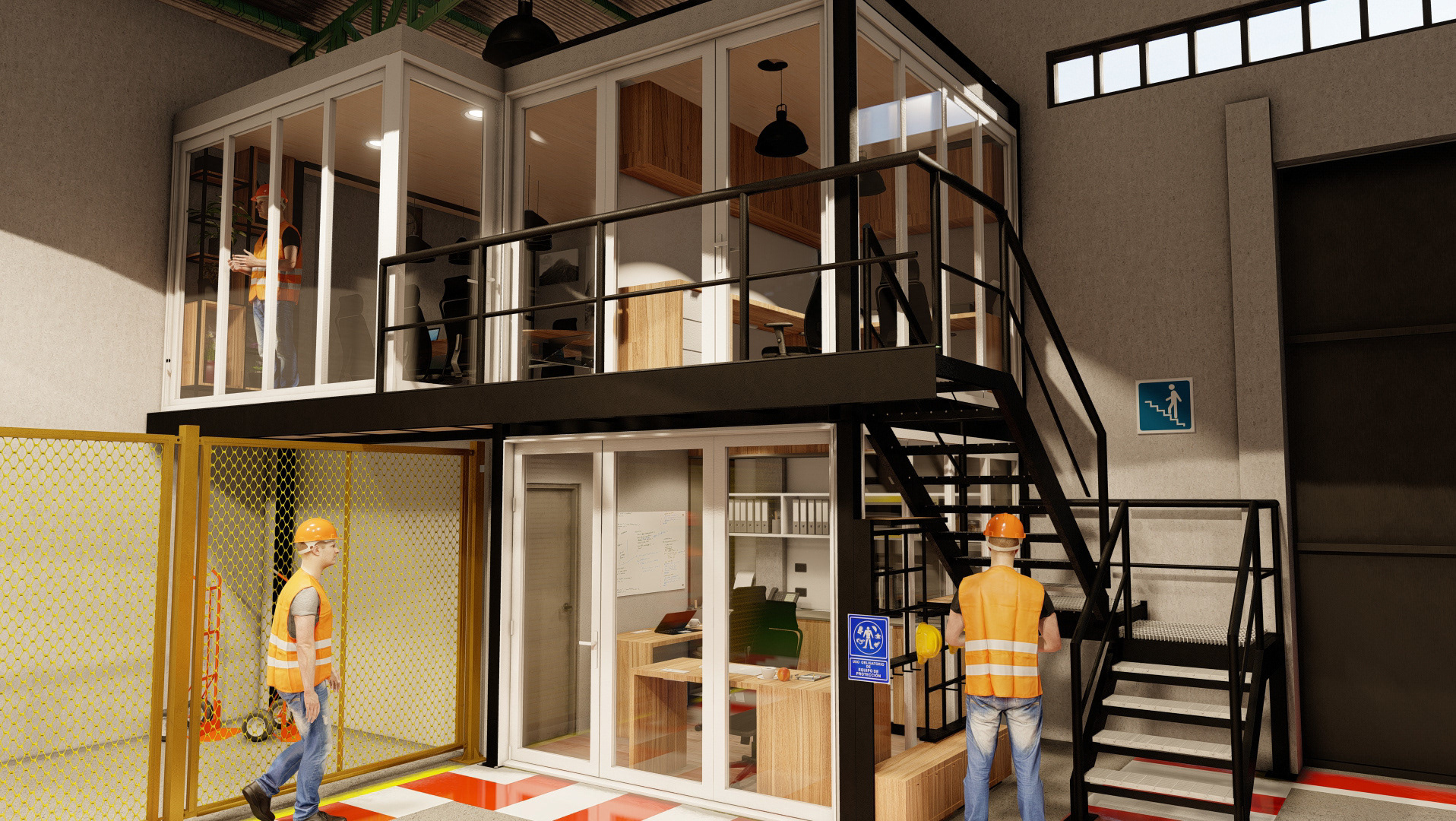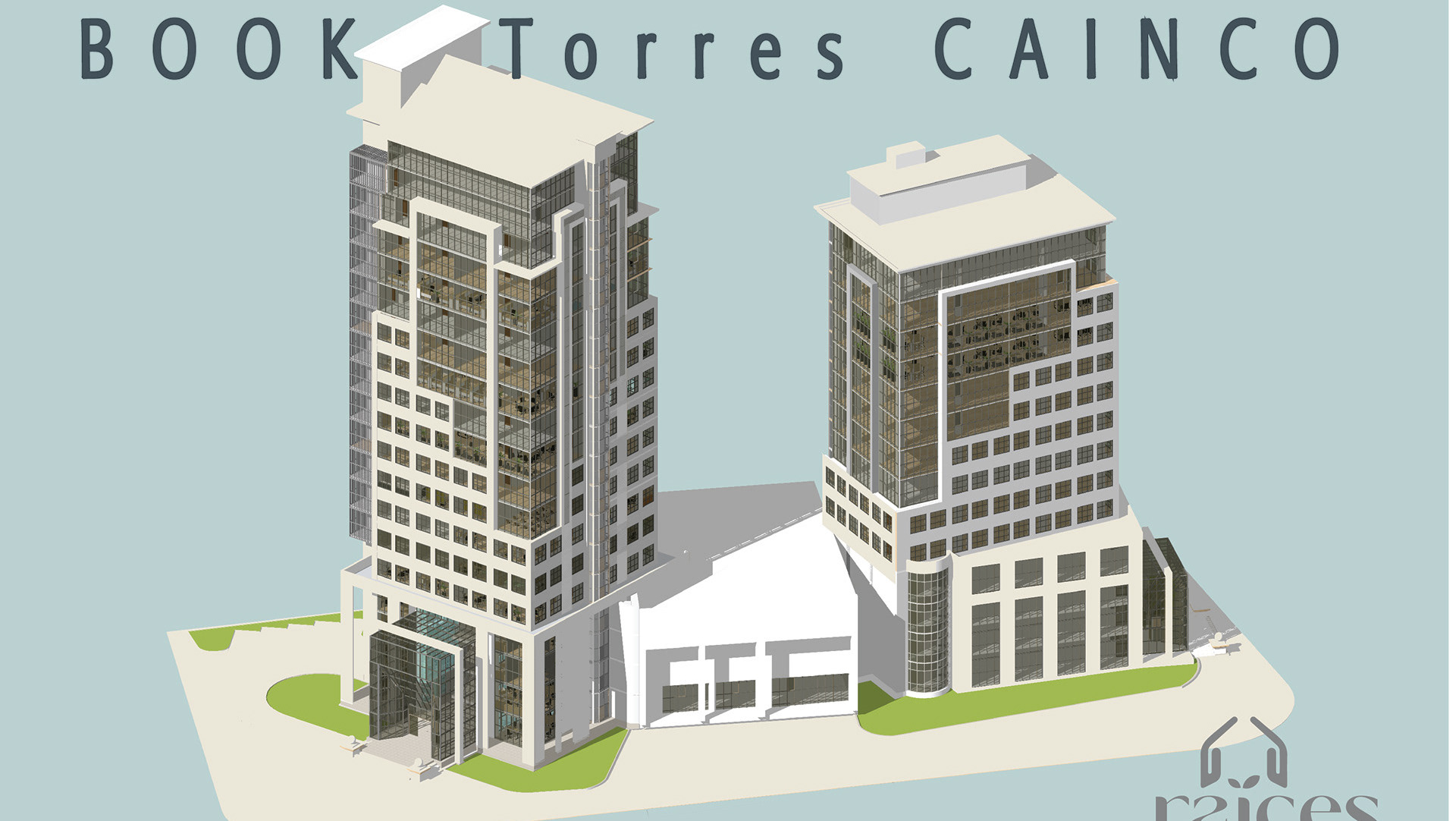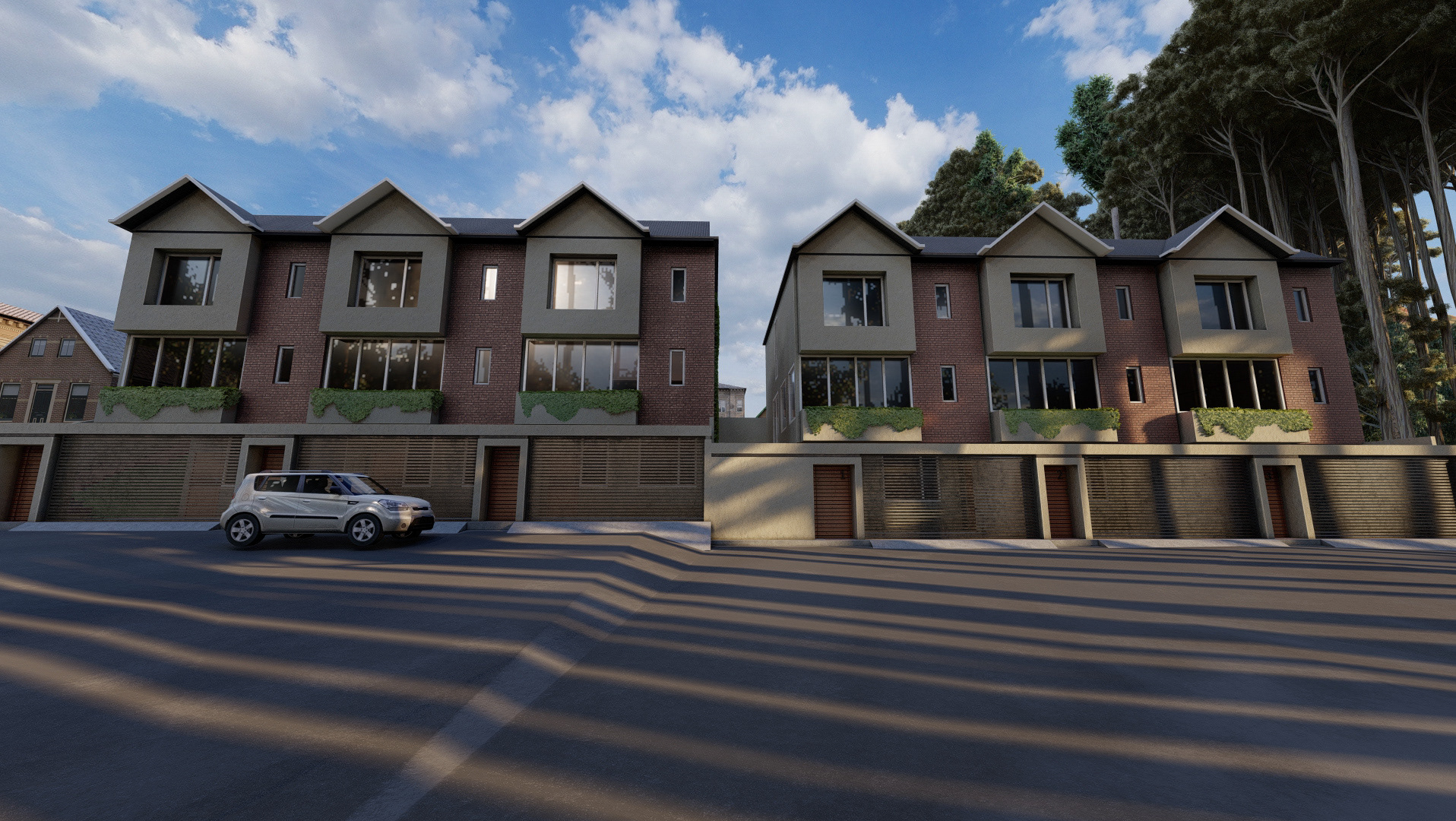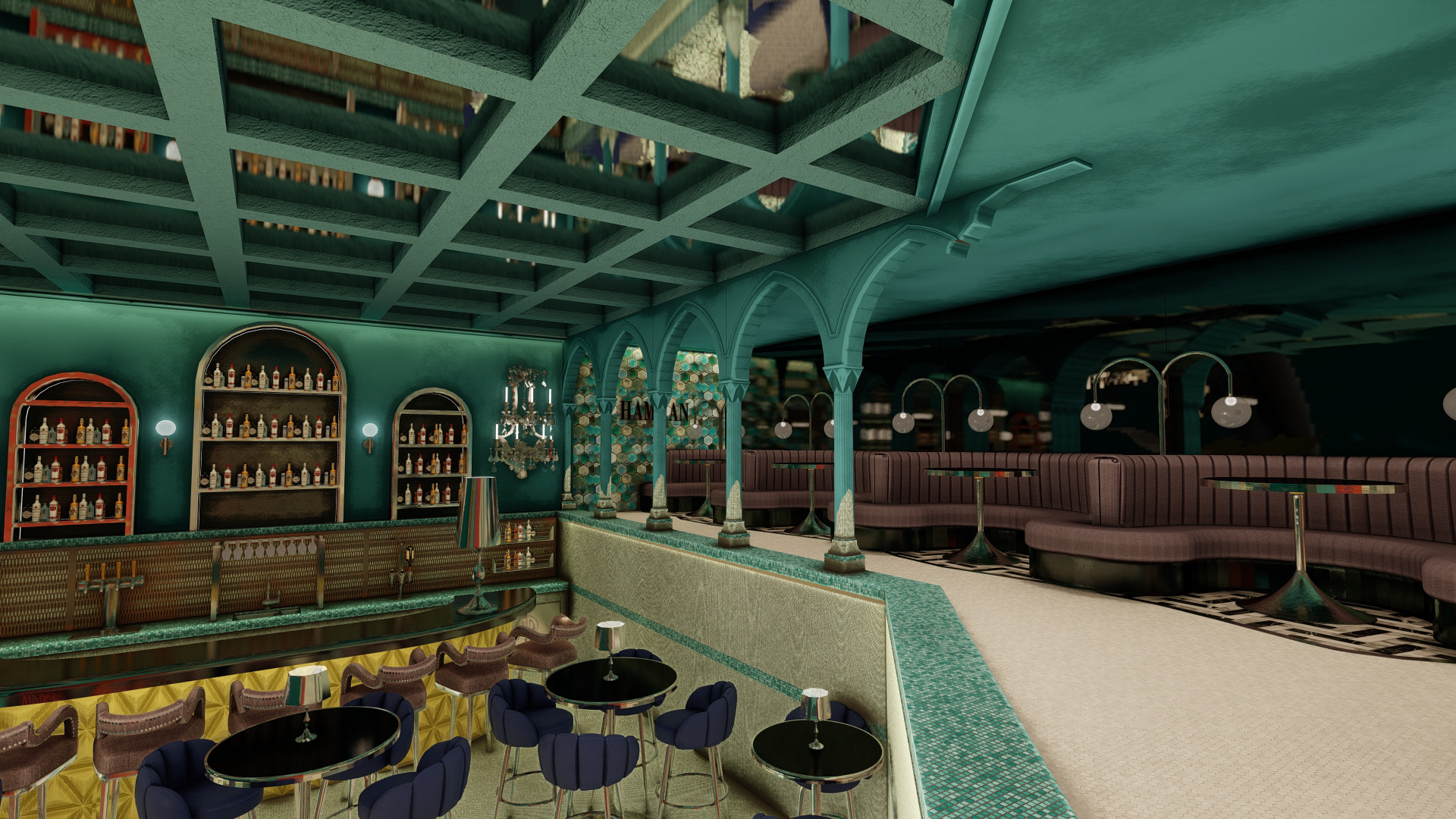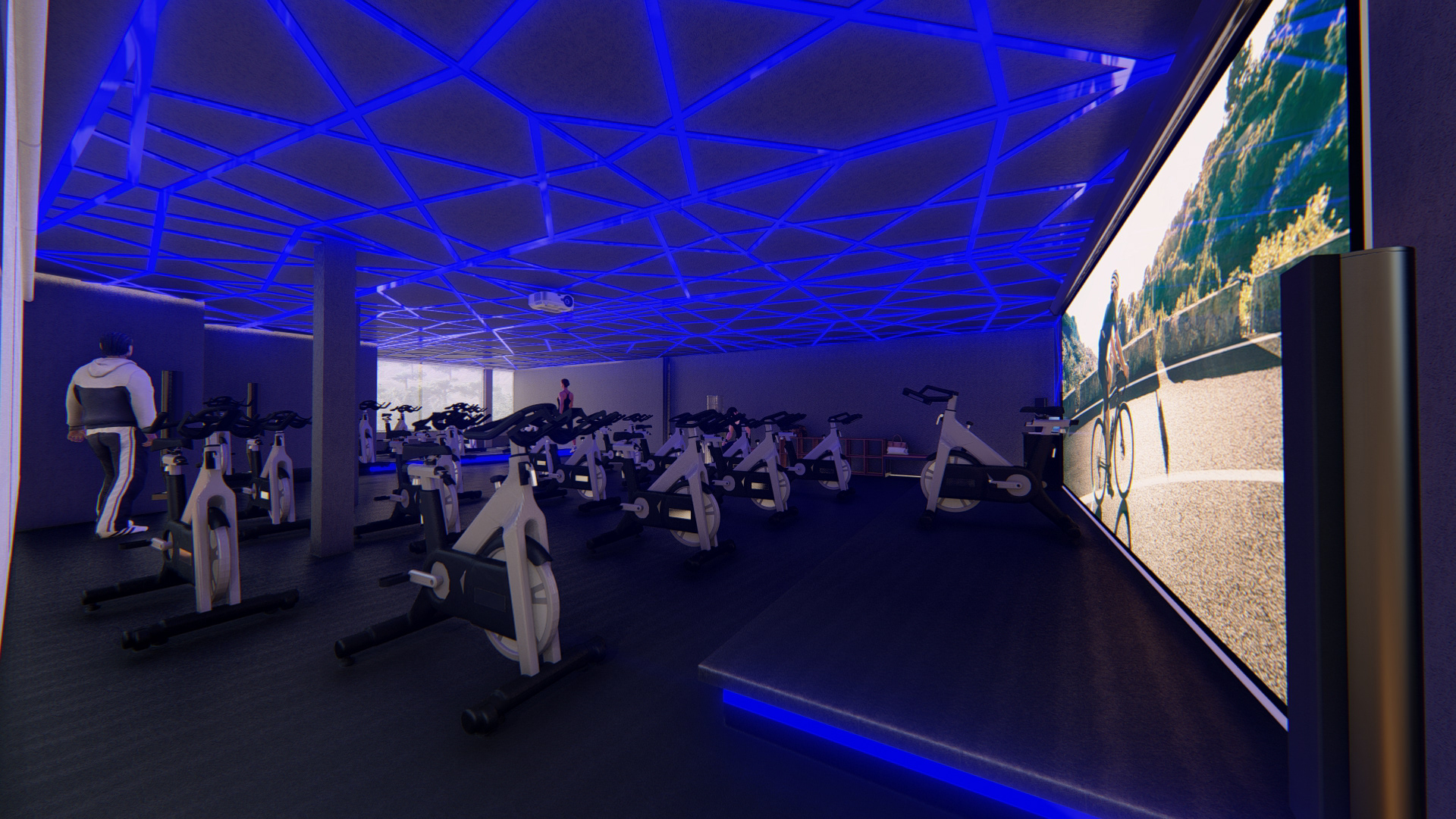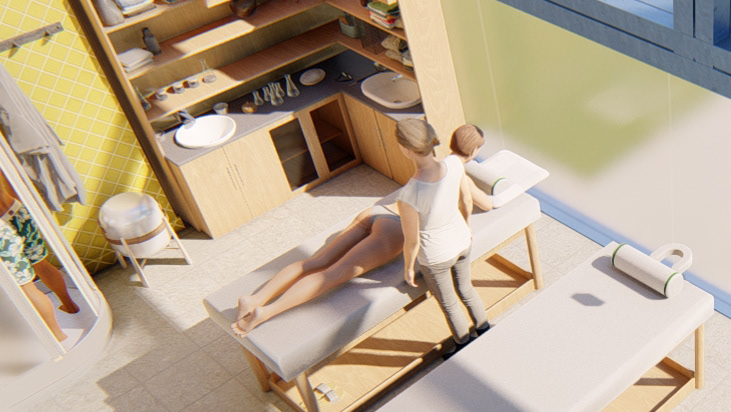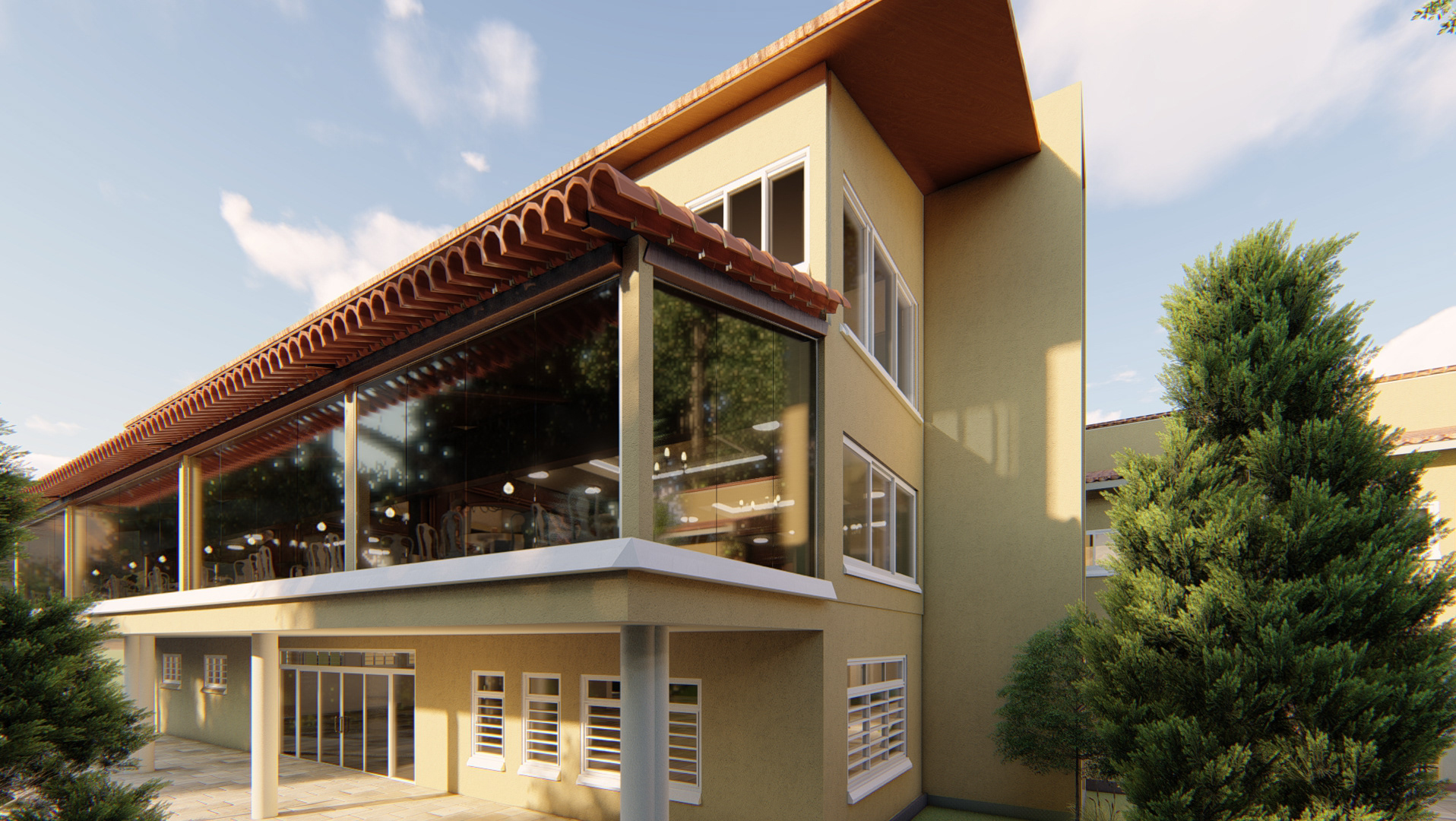Location: La Paz, Bolivia
Project Type: Architectural rehabilitation and redesign
Year: 2022
Project Type: Architectural rehabilitation and redesign
Year: 2022
Overview
This project was driven by the urgent need to redesign and repair “El Bosque” Theater—an important cultural venue that had fallen into serious disrepair.
This project was driven by the urgent need to redesign and repair “El Bosque” Theater—an important cultural venue that had fallen into serious disrepair.
Located in the Auquisamaña neighborhood of La Paz and surrounded by forest, the theater suffered from structural issues, poor functionality, and lack of integration with its natural surroundings. The proposal offers a complete redesign that restores its purpose and transforms it into a flexible, inclusive, and community-centered cultural space.
Concept
Inspired by the idea of a forest clearing, the theater is reimagined as an open, welcoming space where nature and culture meet. The intervention respects the environment while proposing a bold architectural gesture that invites gathering, creativity, and reflection.
Inspired by the idea of a forest clearing, the theater is reimagined as an open, welcoming space where nature and culture meet. The intervention respects the environment while proposing a bold architectural gesture that invites gathering, creativity, and reflection.
Design Strategies
Reinforcing structure and usability: The redesign addresses existing flaws, from circulation and acoustics to accessibility and safety.
Landscape integration: The use of local materials like wood and stone helps blend the building into its surroundings, while green roofs create a visual continuity with the terrain.
Flexible use: The stage and auditorium are adapted to host theater, film, music, and community workshops.
Connection to the outdoors: Terraces and open-air spaces create new ways to experience performances, play, and gatherings in direct contact with nature.
Cultural and Social Impact
More than a renovation, this project brings back a lost cultural hub. It envisions a theater that’s alive again—accessible to everyone and rooted in its local identity. By inviting participation from local artists and residents, the space becomes a catalyst for collective expression and reconnection with the natural landscape.
More than a renovation, this project brings back a lost cultural hub. It envisions a theater that’s alive again—accessible to everyone and rooted in its local identity. By inviting participation from local artists and residents, the space becomes a catalyst for collective expression and reconnection with the natural landscape.

